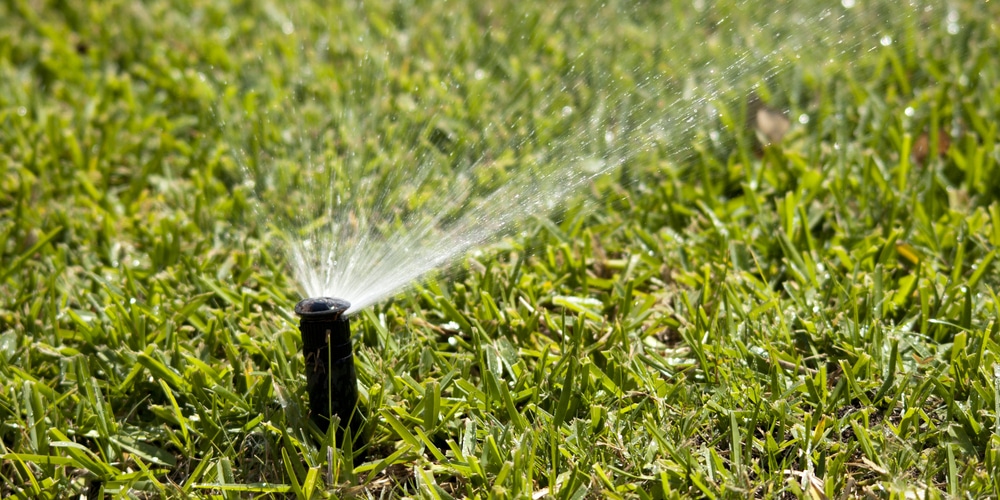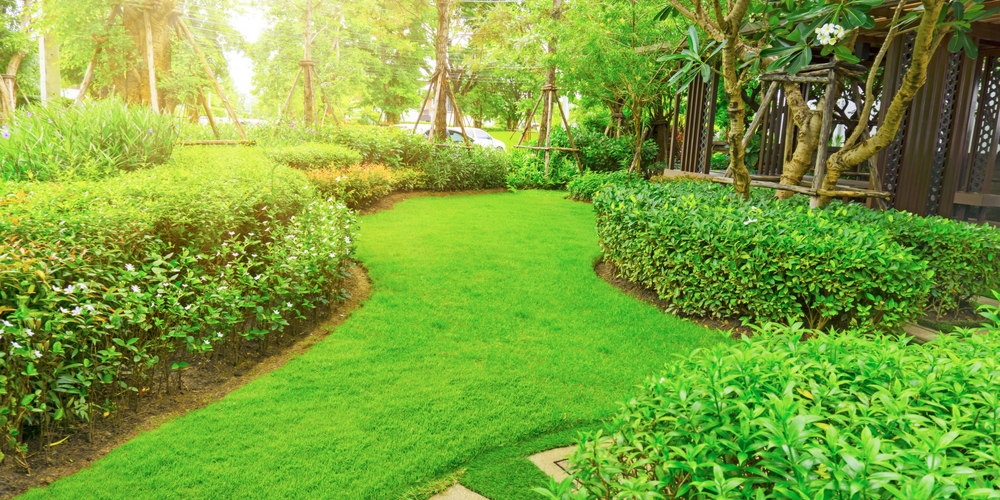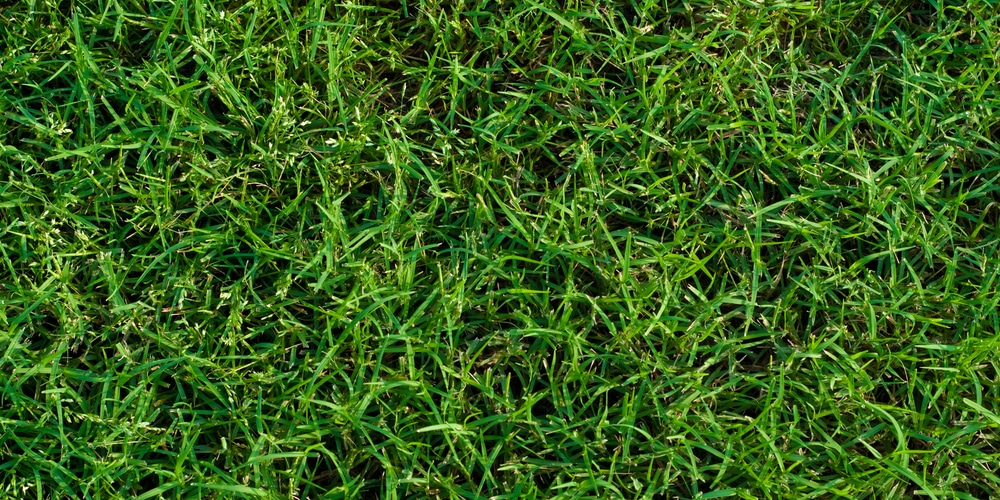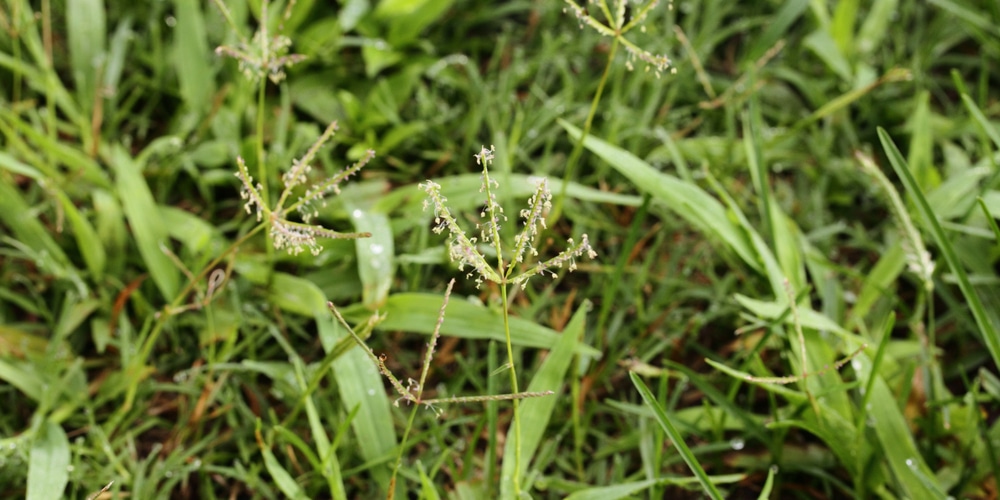Zone 9 homeowners will find themselves in a bit of a pickle when choosing a grass that can thrive in their property.
What is the best USDA zone 9 grass available? Your choice will depend on whether you want your grass to survive the hot summer days or the frost of winter. Since zone 9 has both of them, as well as having two turf categories, there’s only a handful of options. In areas classified as warm, arid regions, a xeriscape landscape instead of a lawn may be for the better.
That said, here are six zone 9 grass varieties you can try.
Zoysia Grass
Zoysia grass is a very popular lawn grass option in zone 9, mostly due to its absence of fussiness and how it stays green regardless of care level.
This variety is characterized by thick and hardy shoots that are weed-repellent, as well as being drought-tolerant for days. The warm-season grass thrives where there’s sun, and it doesn’t need follow-up fertilization too.
Maintenance with zoysia grass is an absolute joy. You won’t have to water or mow as much as the other varieties. It stands well against foot traffic and can heal itself remarkably fast.
Bermuda Grass
Plant enthusiasts, even beginners will have probably heard of Bermuda grass. It’s called ‘South Grass’ and exhibits an attractive and dense growth, and can cover areas in your landscape with veritable green.
The warm-season turf can tolerate a bit of cold and is hardy in zones 7 through 10. It loves full sun but can thrive in part shade as well. The best part is that it’s highly tolerant of salt spray and can live in just about every soil type.
Water your Bermuda at the start and until it’s well established. Fertilize and mow regularly to encourage lush and green growth.
St. Augustine Grass

St. Augustine Grass grows very well in zones 8 to 10 and has features that make it suited for zone 9 weather and temperature fluctuations.
For one, it’s highly tolerant against salt and humid climates. Two, it can withstand very high temperatures and low humidity. When winter comes, the rich, blue-green blades tend to retain their color more than other grass varieties.
St. Augustine is pretty low maintenance as well. You need to frequently water in the first few weeks, then ease off and watch as it thrives. You can mow every two weeks or add fertilizer as necessary.
Carpetgrass
Carpetgrass isn’t a full-fledged grass variety as it spreads via creeping stolons, and it’s not as good to look at compared to other zone 9 grass types. However, it more than makes up for its appearance by thriving in conditions where other grasses won’t.
It grows well even in shaded areas and where there’s a high amount of moisture. It can act as an erosion stopper and won’t need fertilization to thrive. Choose the narrowleaf carpetgrass variety as it’s more common than its broadleaf counterpart.
Lastly, you only need to water carpetgrass when it looks tired and stressed.
Centipede Grass
Centipede grass is a low-cost zone 9 variety that tends to grow just about anywhere you put them. You don’t have to worry about the soil type or preparing it beforehand as it can take to the medium with little to no trouble.
Once it’s established, you’ll only need to check its health every now and then. As for watering, the only time you should reach for a water can or hose is when it exhibits signs of stress. You can probably water once a week in warmer seasons to keep the blades green and happy.
Bahia Grass
Bahiagrass sport curious, y-shaped heads and is perhaps the most rough-looking out of all the types in the list. It tends to grow tall and likes areas where there’s full sunlight.
Bahiagrass spreads so quickly that it can fill up a bed or a spot in no time. It’s considered an invasive grass species, so you should keep an eye on it every now and then. However, you can count on it to survive hot summers and cold winters, as well as withstand drought and periods of neglect.
Fertilizing is not recommended with Bahia as it will likely die.


